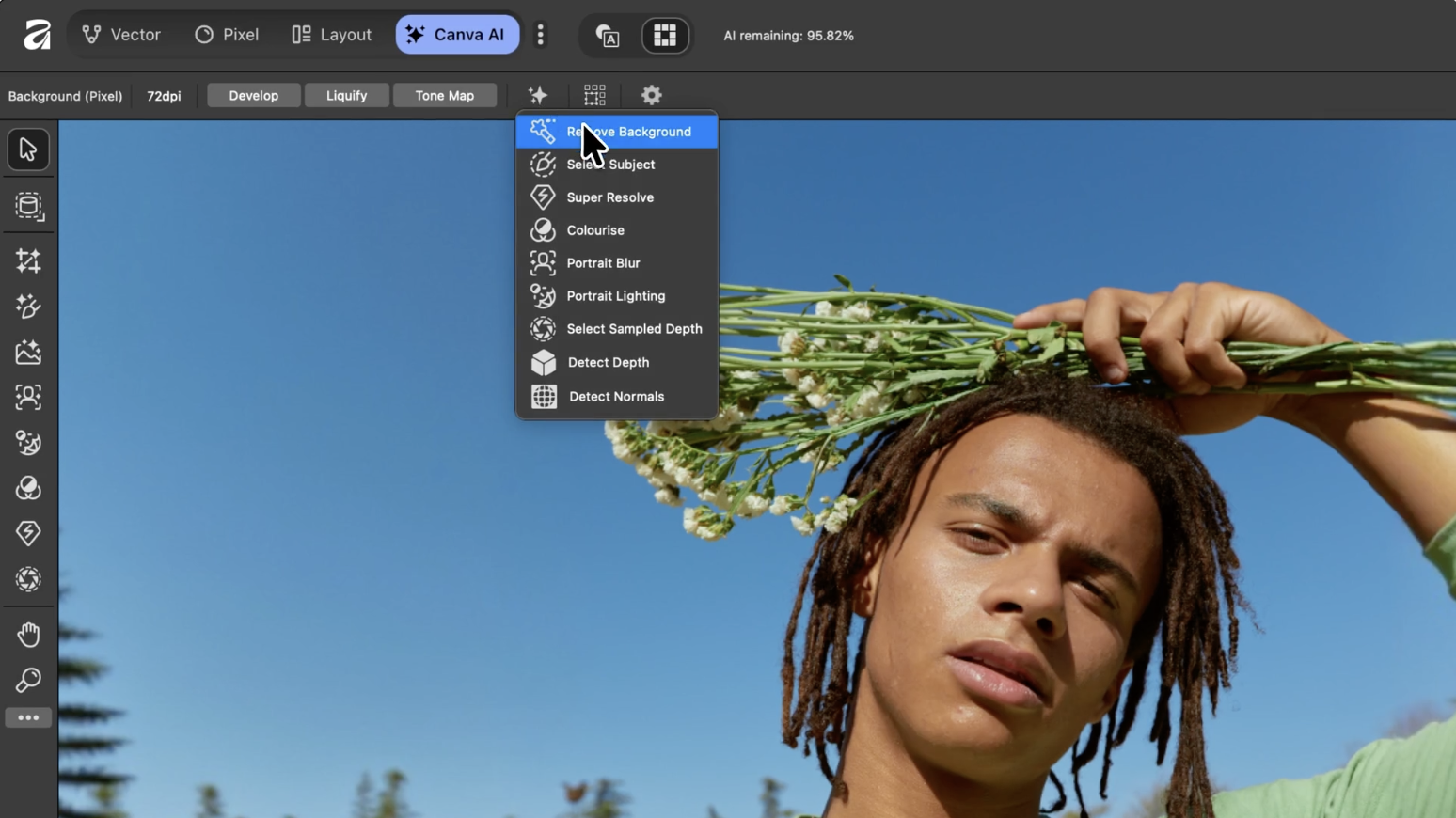Adobe's Jason Levine on what Creative Cloud 2014 offers video pros
The worldwide evangelist discusses the new versions of Adobe's CC video tools can help creative professionals.
Jason Levine is the principal worldwide evangelist for Adobe's Creative Cloud, focusing on video products. Initially he started his career in music, "I was a concert pianist for many years and did a lot of studio recording as well," he reveals. "On the side I used to do video editing at local cable stations. So I was in the studio but primarily being behind the glass, not doing a lot of talking, but doing a lot of mixing and editing.
"Eventually I found myself out of the music biz and working for a very small software company, whose product, Cool Edit Pro, was very popular among users at the BBC." After the company was acquired by Adobe, that product became Audition. "And very soon after that I returned to my video editing roots, exploring a bit more into visual effects and grading and working with Photoshop and other applications."
Jason Levine will be joined by Hollywood genius Laurent-Paul Robert tonight as he shares some of his video effect magic. Watch the live stream from 7pm UK time.
What do you see as the standout features of Creative Cloud 2014 for video pros?
We've been trying remove a lot of the typical frustrations and pain points for the editors by eliminating things like rendering. So we've introduced a new workflow for colour grading between Premiere Pro CC and Speedgrade CC, called Direct Link. And essentially a workflow that has been very render intensive – rendering out of your NLE into your grading app, grading, rendering it back out – has been simplified.
Now you can send directly from the Premiere timeline to Speedgrade. You can perform a grade, and send it back. There's no rendering – you're working with native footage. It's ideally the way we would have envisioned it for years but just weren't able to do it.
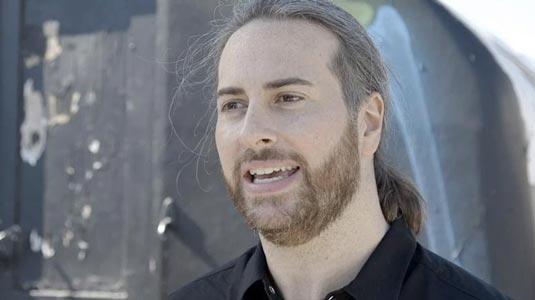
Going a step further, we've also borrowed a lot of technologies from After Effects CC. So our users have asked for things like masking and tracking, which you could somewhat do in Premiere before, but not officially, not eloquently.
Back in October 2013 we introduced a rigid mask tracker in After Effects CC. And rather than reinvent the wheel, we simply took that technology and put it right inside the Premiere application. So now, not only can you mask and track in Premiere, but all of that tracking and keyframing data can then be dynamically sent to After Effects without rendering for further modifications.
Daily design news, reviews, how-tos and more, as picked by the editors.
Any changes you make there again can be manipulated and improved upon. And whatever you do in After Effects automatically updates in Premiere. So that's a major game changer for everyone from broadcast and cinema to small indie film-makers.
And then I'd have to say the other improvements that I really see as a standout are some of the new masking capabilities and effects changes that we've made in After Effects. You'll notice there's a new Curves effect; the ability to apply masks and have effects stay isolated to a tracked mask.
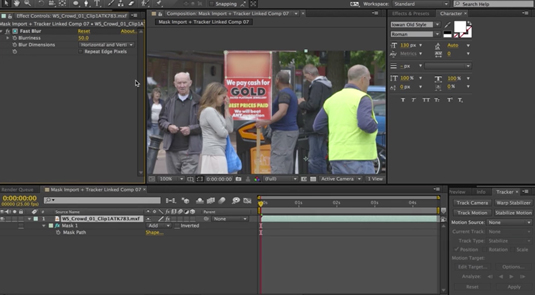
These are the things that we've been hearing users request for a very long time. It functions beautifully. And since the introduction of the global performance cache in After Effects a few versions back – particularly when you're working in Ultra HD or greater than 2K – these features now all work together and share these non-render environments, it just feels right.
You're able to create as fast as you can think now. That sounds like marketing-speak, but it's true. You can really crank out content faster, more efficiently, and have more options available to you simply because we're tapping into things like GPUs on Macs and PCs in Premiere and really just leveraging all the power of the system.
What excites you most about working with video in Creative Cloud?
To be honest what excites me most is this idea of what I personally like to call cross-continental client collaboration. It's a very nice alliteration that includes a lot of Cs and CCs – but it's true. It's the idea that today you can really work and collaborate with people based on talent and not location. And some of the new folder sharing and collaborative abilities that we have in Creative Cloud allow you to do just that.
We have versioning in Creative Cloud, and we're also leveraging some of our other services such as Behance. This is a service that allows you as part of your Creative Cloud membership to embed video from any number of sites – whether it's Vimeo, Hulu, YouTube... essentially anywhere – and Soundcloud for sound.
You can also just embed directly into a Behance project. And among the 2.5million creatives around the world that are part of Behance, get feedback. Actually solicit real feedback and constructive commentary that's going to help you make and edit better; make something look better. And this extends not just to video but also to illustration, design, photography.
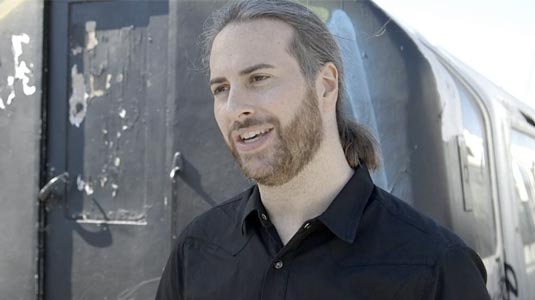
I can tell you personally this has opened up a whole new realm of possibilities for me. Because I've started collaborating and working with people in other parts of the world that I've never met but whose similar artistic sensibilities or tastes have brought us together. And Creative Cloud is the essential piece of that puzzle for me.
What types of project showcase Adobe's video tools and why?
To talk about projects that really showcase Adobe's visual tools I think we have to look and explore all the various forms of video being shot that have moved from the previous platforms over to Premiere. And a lot of that has to do with the fact that we're a very open ecosystem in terms of video.
One of the benefits of working in Premiere CC – whether you're Saturday Night Live one of the several big directors who are moving to us, or even an indie film-maker – it's the idea that if you're coming from another NLE, we give you a very simple path to augment your workflow before you make a full shift.
And that's a unique thing. It's unique to not only be able to import XML from Final Cut but also export XML. And that extends to Premiere CC, to After Effects CC, to Audition CC and to Adobe Prelude CC which is our ingest and transcode solution. Similarly with Avid AF.
The idea behind leveraging us in popular production – particularly in broadcast, and particularly here in the UK – it's just this openness which I think has afforded a lot of editors, a lot of people in these environments, to adopt our products because they were already using them.
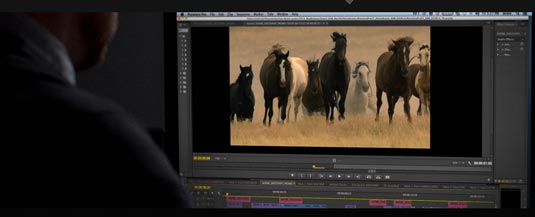
If they can integrate their existing workflow with ours, they will see the benefits of non-rendering when doing visual effects with After Effects, working with native Photoshop files without flattening to a pain – so for example all your layers are always editable, always accessible. Plus it means you're working in a very standard Adobe-type environment which most editors and compositors are familiar with.
It's just opened up a whole new world for people to create with our software. And again, they'll perhaps begin as an augmentation to existing workflow, and then adopt it fully.
How have you tried to attract new users to these services?
Some of the ways we've encouraged professionals to get into Adobe Premiere CC and After Effects CC is simply by having formats that are supported across the board. For instance on the Mac side, we natively support Pro Res Import and Export. If you're coming from a Final Cut environment, where you've traditionally transcoded your media to Pro Res, we see it, we read it, we work with it natively, it plays beautifully. We also worked with Avid to get their DNxHD codec so that we could work in tandem with them to help editors to augment.
Ultimately it's about using the right tool to get the job done. We know that our tools are already being used. So we allow editors to use them in conjunction with what they're already doing, and I think people see the workflow. See that there's no longer a necessity to transcode, to convert. That we can read everything natively, whether it's 4K, whether it's Red Dragon 6K, whether it's Phantom footage, whether it's DSLR.
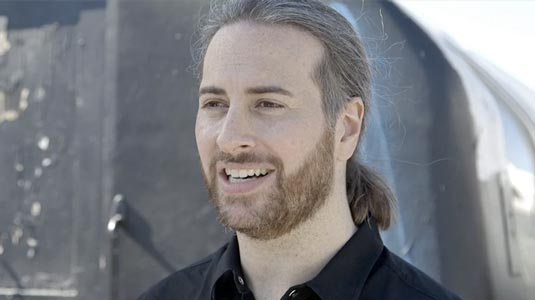
It changes the way people think about creating and the fact that we're able to update and adopt new formats, new codecs so quickly is impressive. This too I think has put a great focus on how we're listening and we're involved with our partners around the world to stay on top of the game.
Video is changing so rapidly. It's funny to think that just a few years ago, we were just touting the idea of 1080p and we were still in the HDV world. Now we've gone so far beyond that. But we were right there at the beginning. Because we believe in it, and we're listening, and we know how important that is to our customers.
What do you see as the biggest challenge facing video professionals in the coming years?
I think that the biggest challenge is simply dealing with big data. Our TVs are getting larger, the rasters are getting larger and while compression still works here and there, the file sizes are representative of that. You're dealing with big data. It used to be that if you had a RAID system you were fine, but there was no 4K when RAID was the rage. Now we've got 5K and 6K media, and mixed media. So I think the challenges are going to be dealing with this ever-evolving series of formats and the physical constraints of the media itself.
Fortunately for us, we're resolution-independent. So we're prepped and ready. It's more a question of what kind of drive do you want. Just a few years ago, SSD drives were just not affordable for even small post houses. And they were too small! 128GB SSD wasn't going to change someone's business model. But now the drive prices are coming down, all of these things are becoming more accessible, the processes are faster. But the data, the file sizes of the video we're shooting continues to grow.
We may see these things come in different forms, whether it's Nuke, Prest formats, etc, but that's the challenge we're going to face. Ultimately the software is ready, and it's just a case of the hardware having to catch up to the growing demands of the media that we're shooting.
Are there any important updates to the software that people may have overlooked?
There are a few little hidden gems in Creative Cloud 2014 that I think particularly here in the UK are very important. First and foremost, there are some new export options that we have in Adobe Media Encoder. As we see more people moving to Premiere CC for cinema work, we now have a native DCP export. For some of the public broadcasters in the UK, we also have the AS11 standard for export, which is becoming the standard later this year. That came to us directly from broadcaster feedback.
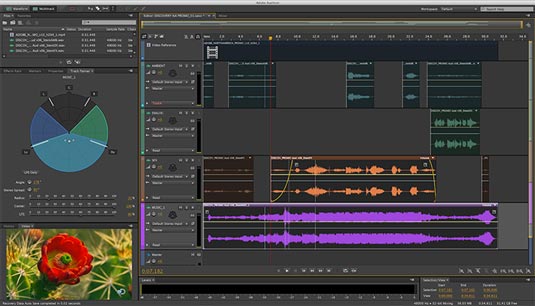
Additionally you're going to find in products such as Audition CC, we now have support for Dolby Digital AC3 and Dolby Digital Plus EC3, making it easier for people to deliver multichannel media and actually create any multichannel file inside of our audio editor, which works in conjunction with others.
It also works in conjunction with Final Cut and Avid, we can open up Final Cut XML, we can open up OMF files, which all again really opens up that ecosystem.
Hidden gems
And then on the tagging and logging side we have Prelude CC, which is our desktop application. We also have Prelude Live Logger, which is an iPad companion app to Prelude tied directly to the Creative Cloud. So rather than taking notes on good takes and timecodes, you can have someone virtually using preset tags that they can create very efficiently, very quickly.
You can create your log, create your list of shots, tag things good, bad or otherwise. Again these are all customisable – upload that data to the Creative Cloud and then you can be back at your desktop, pull down the tag data.
You can marry it to your clips, either using timecode or time of day, whether you're using something like a WiFi timecode buddy or the hardware ambient dongle timecode generator.
Tying it together
To tie all this together, you can use an application such as Adobe Story. If there's a script involved, you can tie the script to the clip and actually timecode stamp words against the actual script again, which makes it easier to find scenes during an edit.
These are some of the hidden gems that we don't get to talk about a lot but all of this and this concept of 'from plan to playback' and 'script to screen', is really what the 2014 release of CC for video is all about.
The Create Now World Tour session on video tools is being streamed from 7pm UK time.
Watch live here from 7pm UK time

The Creative Bloq team is made up of a group of art and design enthusiasts, and has changed and evolved since Creative Bloq began back in 2012. The current website team consists of eight full-time members of staff: Editor Georgia Coggan, Deputy Editor Rosie Hilder, Ecommerce Editor Beren Neale, Senior News Editor Daniel Piper, Editor, Digital Art and 3D Ian Dean, Tech Reviews Editor Erlingur Einarsson, Ecommerce Writer Beth Nicholls and Staff Writer Natalie Fear, as well as a roster of freelancers from around the world. The ImagineFX magazine team also pitch in, ensuring that content from leading digital art publication ImagineFX is represented on Creative Bloq.
